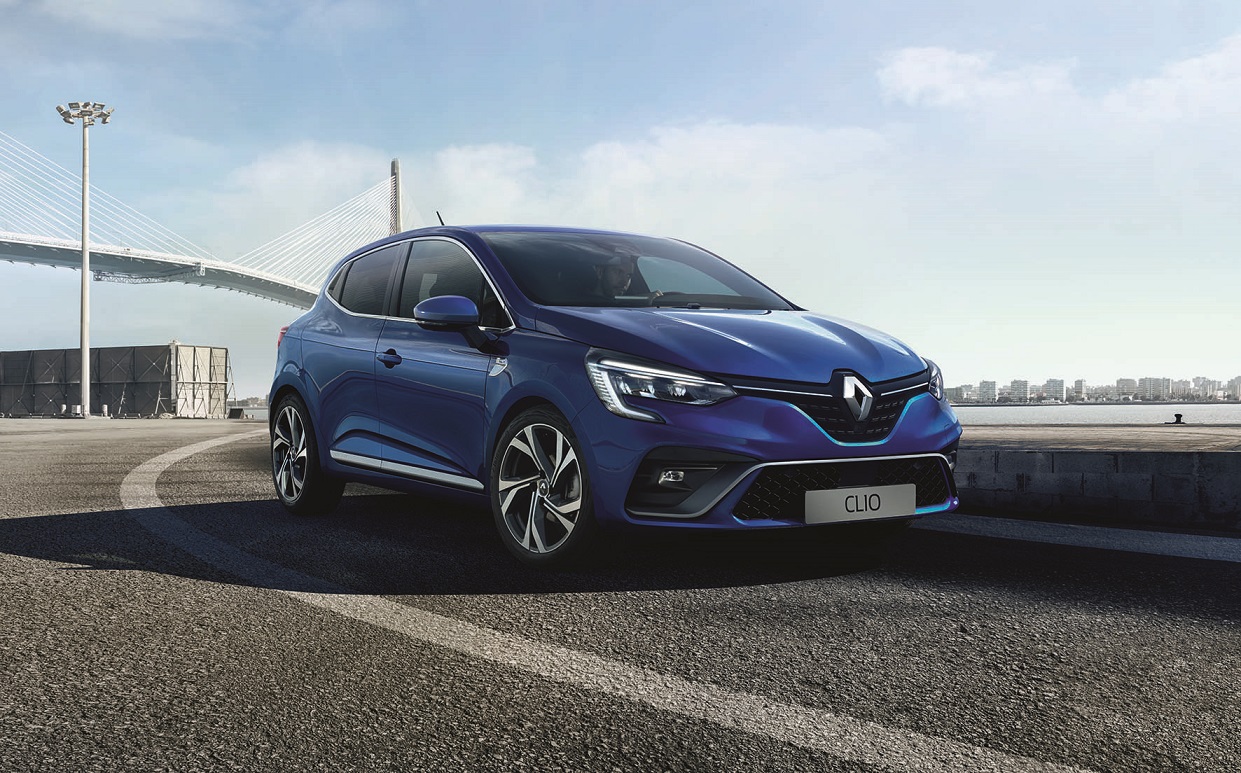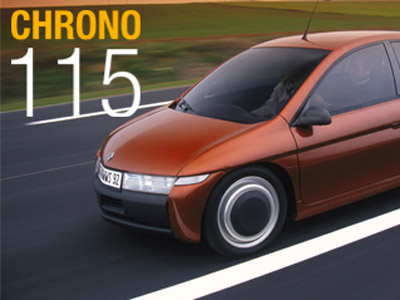

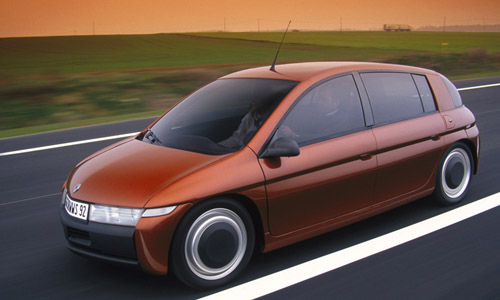
This ground-breaking concept car has the following specifications:
- The conventional engine is a 750cc three-cylinder unit hooked up to an easily-robotised cylinder gearbox. Although it is on the small side compared to other cars in its segment, the power can be temporarily backed up by the electric motors.
- The rear suspension is powered by the motor-wheels, which are similar to those used in some high-speed trains – on a much smaller scale, of course! They are powered by batteries weighing about 150kg housed underneath the floor plan.
The “controller”, NEXT’s electronic brain, manages whether the engine or the motors are used, and may call on both simultaneously in the event of high acceleration. Without the driver noticing, the controller distributes power appropriately between the two axles, switching between alternate, sequential and simultaneous operation of the various drive options. This method of operation is aimed at reducing fuel consumption, to just 3.4l/100km, and at making driving more enjoyable.
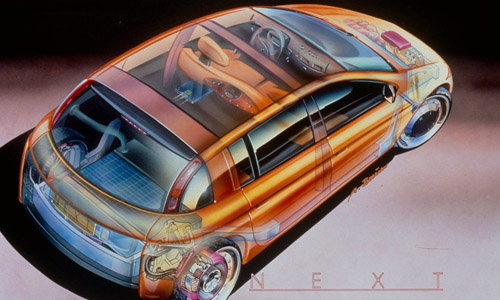
Rémi Deconinck recalls: As the design process went ahead, the full potential of this particular drivetrain was revealed. The car could be driven for about 20 kilometres using only electric power. The thermal combustion engine could be started via the clutch, so no ignition was needed. A turbo effect kicked in for a few kilometres allowing a maximum speed of 165kph to be reached. Fuel consumption was very competitive thanks to the small petrol engine, and ABS and ESP were controlled by the rear motor-wheels.
Despite the two power units, the vehicle weighed only 875kg. This was mainly because of the choice of materials. Parts of the chassis were made of aluminium and a carbon-fibre shell was produced with the help of French aeronautics company Aérospatiale. For the bodywork, also made of carbon fibre, the designers called on Horacio Pagani, a sports car expert who designed the famous Zonda. The various components were delivered on time and assembly went ahead as planned, enabling the team to complete the project in 365 days. We did it!
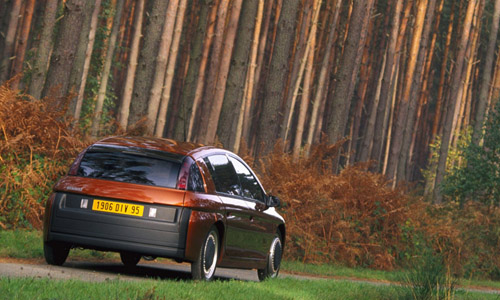
View more
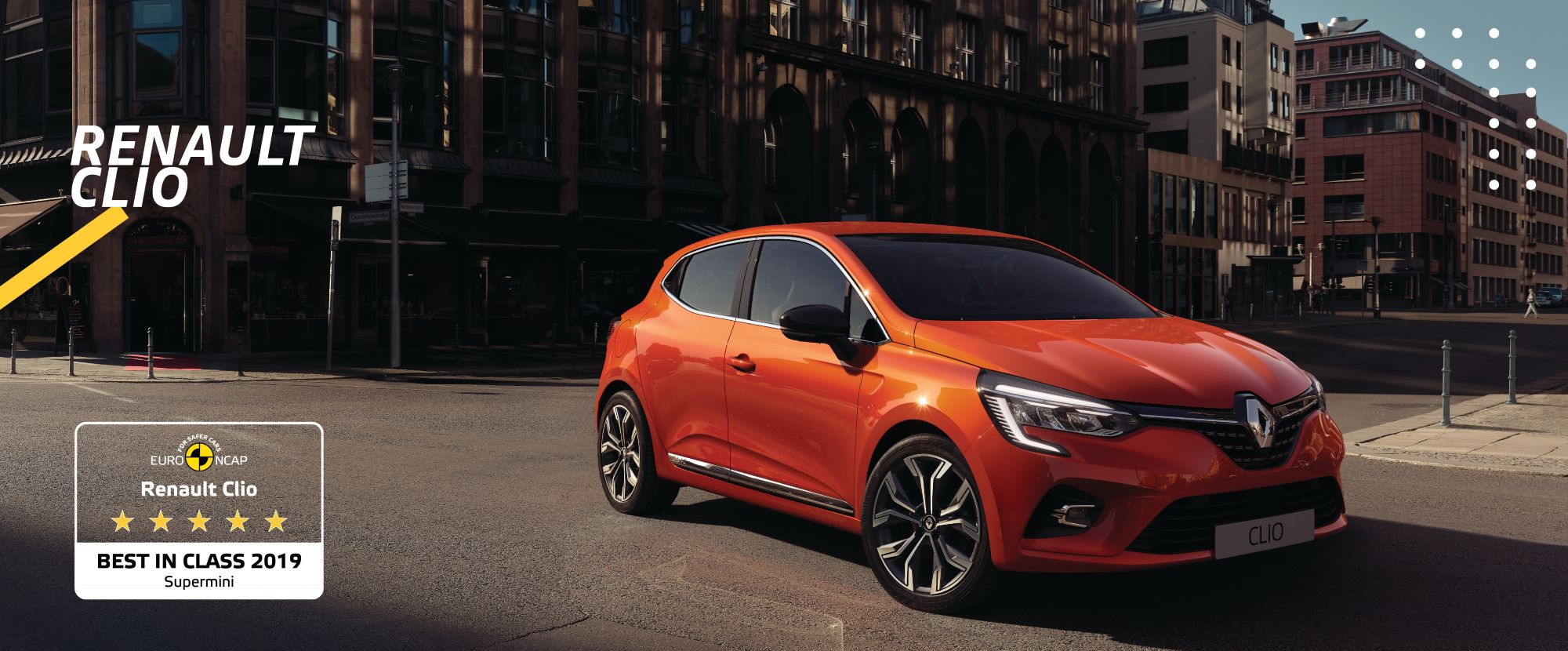
SAFETY: 5 EURO NCAP STARS AND BEST RATING IN ITS CATEGORY FOR THE ALL-NEW CLIO
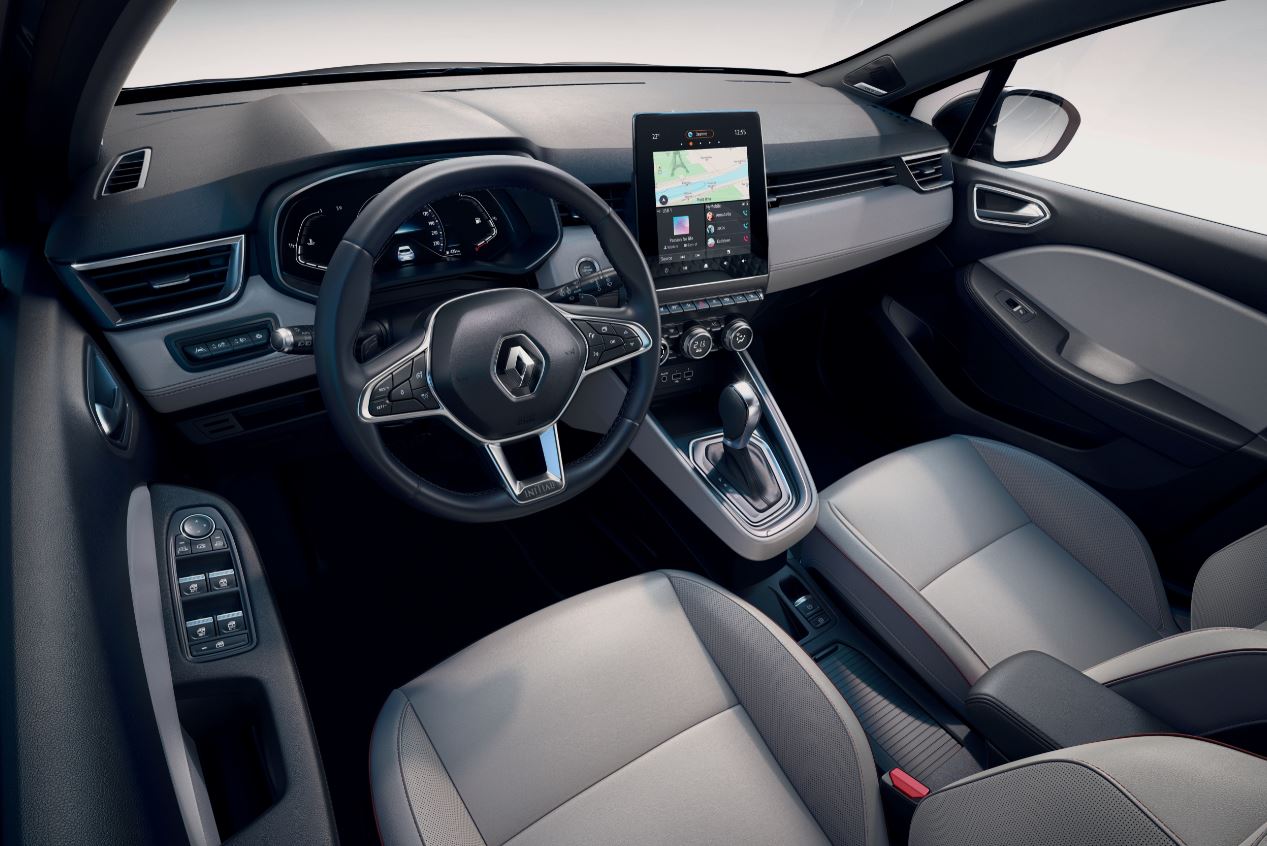
The All-new Renault CLIO: the most comprehensive driving assistance on the market
